General
Symptoms
Diagnosis
Treatment and Management
Prevention
GENERAL
Canine parvovirus (CPV) is a highly contagious viral disease that is transmitted either through direct contact with an infected dog or indirectly through the consumption of infected fecal matter. Highly resistant, the virus can live in the environment for months and may survive on inanimate objects such as food bowls, shoes, carpet, toys, and floors. Parvovirus in dogs manifests itself in two forms: (1) intestinal, which effects the body’s ability to absorb nutrients and can lead to malnutrition and dehydration, and (2) cardiac, which is less common and attacks the heart muscles (most of the cases are seen in puppies between six weeks and six months old).
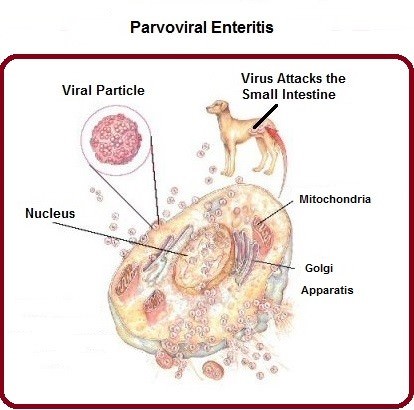
SYMPTOMS OF PARVOVIRUS IN DOGS
- Bloody stool
- Lethargy
- Loss of appetite / weight loss
- Abnormal body temperatures — fever or hypothermia
- Vomiting
- Rapid heartbeat
- Abdominal discomfort
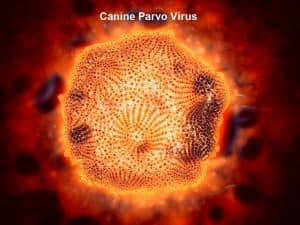
DIAGNOSIS
There are several tests your veterinarian may use to determine whether your dog has CPV:
- Blood Test — low white blood cell levels are indicative of a CPV infection
- Biochemical and Urine Analysis — reveal elevated liver enzymes, lymphopenia, and electrolyte imbalances
- Abdominal Radiograph — may show intestinal obstruction
- Abdominal Ultrasound — reveal enlarged lymph nodes throughout the body, particularly in the groin, and fluid-filled intestinal segments
TREATMENT AND MANAGEMENT
Since the disease is a viral infection, there is no real cure for it. There are medications available that help reduce some of the symptoms such as vomiting. Overall, treatment is focused on curing the symptoms and preventing secondary bacterial infections. This is especially important as your dog will likely need extra fluids and nutrition therapy in consequence of a weakened immune system. Your dog will continue to be a contagion risk to others for at least two months after initial recovery, so it is recommended that you isolate your dog from others.
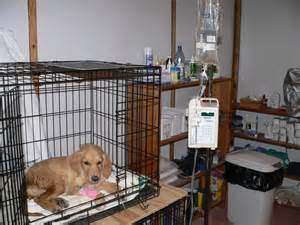
PREVENTION
The best prevention is early vaccination and limited socialization during the vaccination process as well as a commitment to good hygiene practices. Wash all the objects your dog uses (dishes, crate/kennel, bedding, toys, etc.) with non-toxic cleaners because they might have encountered fecal manner.
This material is provided for educational purposes only and is not intended to diagnose or treat any disease or condition. All specific treatment decisions must be made by you and your local, attending veterinarian.
RELATED PRODUCTS
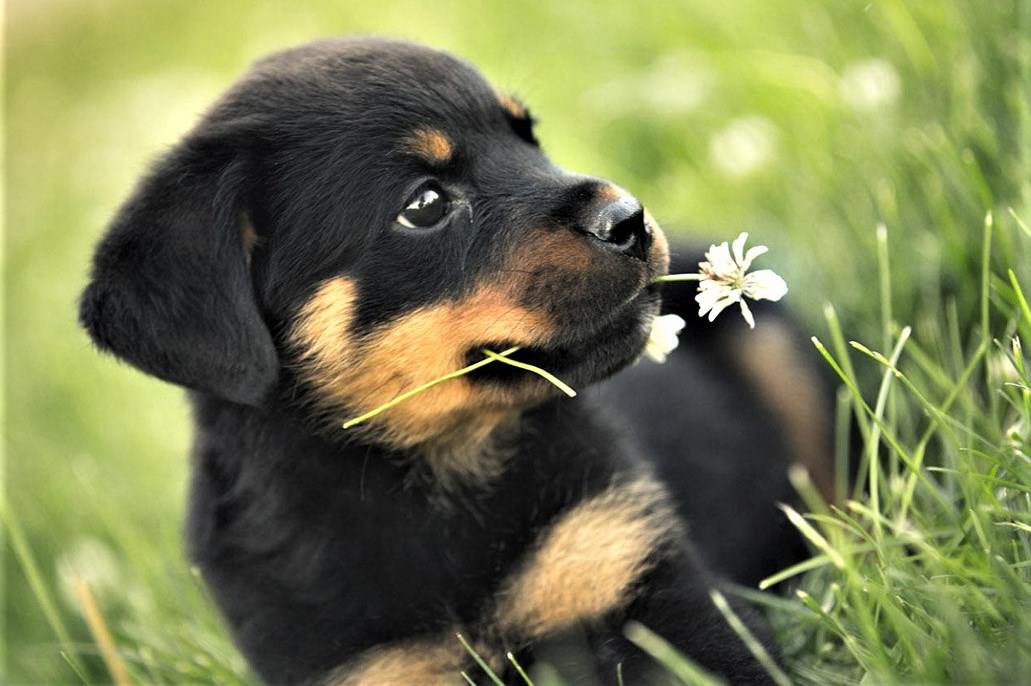


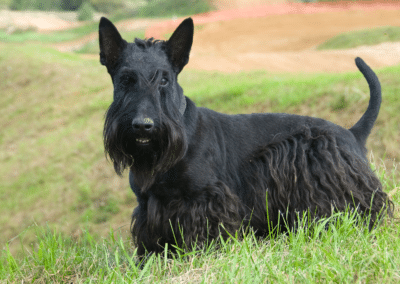

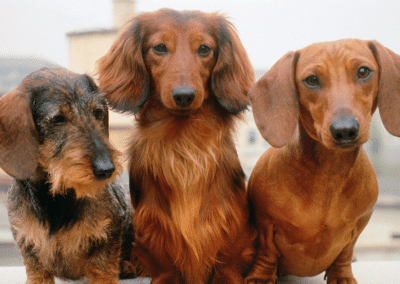



0 Comments